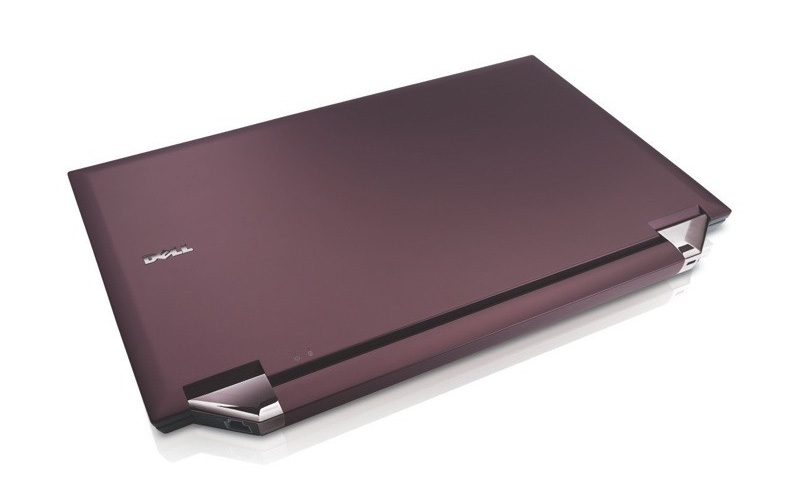
Apple has begun shipping its slightly-delayed Apple TV to customers, marking the Cupertino computer- and electronics-maker’s first serious foray into the living room. In a nutshell, the Apple TV is designed to bridge the gap between Apple’s iTunes store and the living room television, enabling users to view videos, television episodes, and movies purchased from the iTunes store on their in-home big screens.
As a living room device, the Apple TV syncs (wirelessly or via wired Ethernet) to a user’s iTunes-equipped Mac or PC. When a user purchases and downloads video content from iTunes, the media can be seamlessly synced with the Apple TV in much the way millions of digital music enthusiasts sync music and media with their iPods. Then, instead of watching the downloaded video on a tiny iPod screen or gathered around a computer, users can wander out to the living room, kick back in the recliner, and watch the content on their home television setups using the Apple TV’s supplied remote.
The Apple TV hooks up to televisions using either HDMI or component video; it also offers optical and analog audio output, 100Base-T Ethernet, 802.11n Wi-Fi networking, and an internal 40 GB drive for storing media (which Apple claims can handle up to50 hours of video, 9,000 songs, or 25,000 pictures. The Apple TV supports video output up to 1080i resolution, and supports H.264 video (and FairPlay-protected H.264 from Apple) at resolutions up to 1,280 by 720 at 24 frames per second (30 frames per second at lower resolutions). On the audio front, the Apple TV can pump AAC, MPEG, Apple Lossless, AIFF, and WAV audio (plus iTunes music purchases) to your home stereo setup, and will happily display JPEG, BMP, GIF, TIFF, and PNG images on your television.
Will the Apple TV be another blip on the radar of cool but ultimately failed Cupertino products, or will it be a paradigm-shifting event? At least some analysts think Apple is onto something big, with ThinkEquity’s Jonathan Hoopes going on record forecasting some 25 to 70 percent of the current 22 million Mac users—plus an untold number of Windows users—getting on board with the Apple TV in the next five years. That might be enough for the Apple TV to eclipse the customer base of DVR pioneer TiVo and DVD-by-mail service Netflix.
The Apple TV is priced at $299 and works with Mac OS X 10.3.9 or later, or Windows XP—although we’re presuming it’ll work with anything which can run iTunes, and that more-or-less includes Windows Vista these days.
Editors' Recommendations
- What we want to see from the next Apple TV 4K
- Let’s discuss an Apple TV 4K with a camera
- Best Apple TV deals: Save on the Apple TV 4K and more
- Hands-on with the Belkin iPhone Mount with MagSafe for Apple TV 4K
- Belkin drops a $50 mount for iPhone video calls on Apple TV 4K


